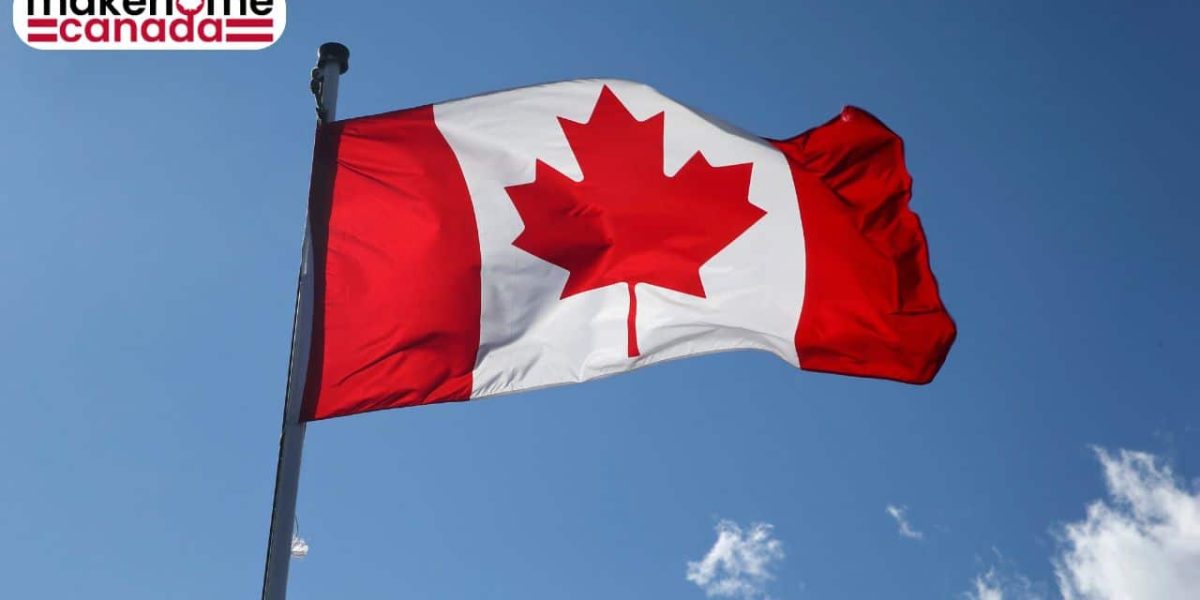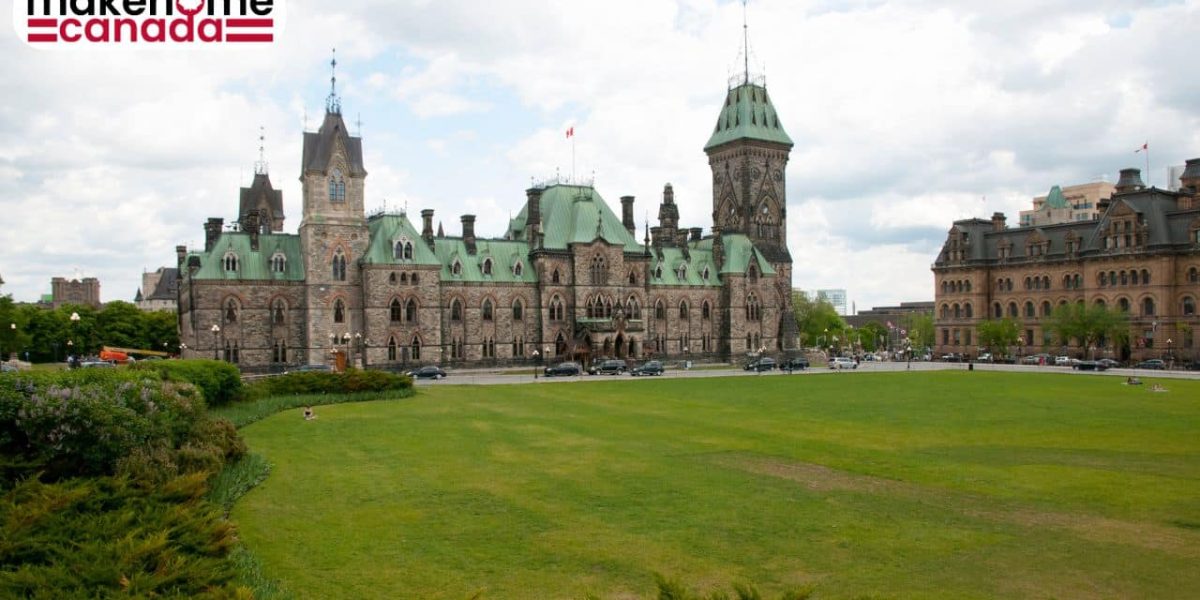Canadian government allocated $17.6 million for digital literacy during an announcement made on March 13, 2023. Furthermore, the Canadian government revealed that it would provide funding to 23 non-profit organizations to enhance digital literacy levels. It will do so through the introduction of the Digital Literacy Exchange Program.
The DLEP came into existence in 2018, and ever since, it has worked to enhance individuals’ technological skills concerning computers, mobiles, and internet usage. It teaches them to be well-equipped with all essential technical skills and use them effectively and safely.
The government even reiterated during a press release that such a massive investment will educate people digitally. Moreover, it will target those who require to advance their digital skills.
Canada’s digital literacy for newcomers
A recent Wiley survey, “Digital Skills Gap Index 2021,” recorded that almost seven out of all ten recent immigrant source countries don’t have the necessary digital skills. Additionally, these seven countries indicate a ranking below the 45th position. The information is a part of the Census data relevant from 2016 to 2021.
Per Wiley’s DSGI, Canada holds the 19th rank. Also, India contributed to 18.6 percent of Canadian immigrants, with 59th position between 2016 and 2021. Further, China accounted for 8.9 percent of Canadian immigration in the five-year period and held the 46th position.
Following are the remaining five countries, along with their percentage of contribution of Canadian immigrants:
- 4.8 percent from the source immigrant country Syria- no ranking.
- 3.0 percent from Nigeria with 119th ranking.
- 2.7 percent from Pakistan with 77th ranking.
- 2.0 percent from France with 54th ranking.
- 1.9 percent from Iran with 79th ranking.
Besides these countries, the remaining three countries ranked within the top thirty ranks per Wiley’s rankings. Also, 11.4 percent of Canadian immigrants came from the Philippines between 2016 and 2021. The country held the 21st position. The United States and the United Kingdom ranked 12th and 29th position, respectively. The United States contribution was 3.0 percent, while the United Kingdom did so by 1.7 percent.
Canadian government allocated $17.6 million for digital literacy- its impact on recent Canadians
The Canadian government’s investment and effort toward enabling recent immigrants to gain advanced digital skills are praiseworthy. Increasing their comfort level with technology will help them become well-equipped to integrate into the ever-growing Canadian workforce. The government’s press release stated that Canadians would require to use the internet with security and safety. They will need to understand its correct usage while studying, working, searching for jobs, booking medical appointments, etc.
Moreover, the government understands the true value of having solidified digital skills. It further claimed that acquiring these digital skills will remove obstacles to gaining new information. Besides this, it also widens the possibilities to access more resources and proceed with their routine life.




